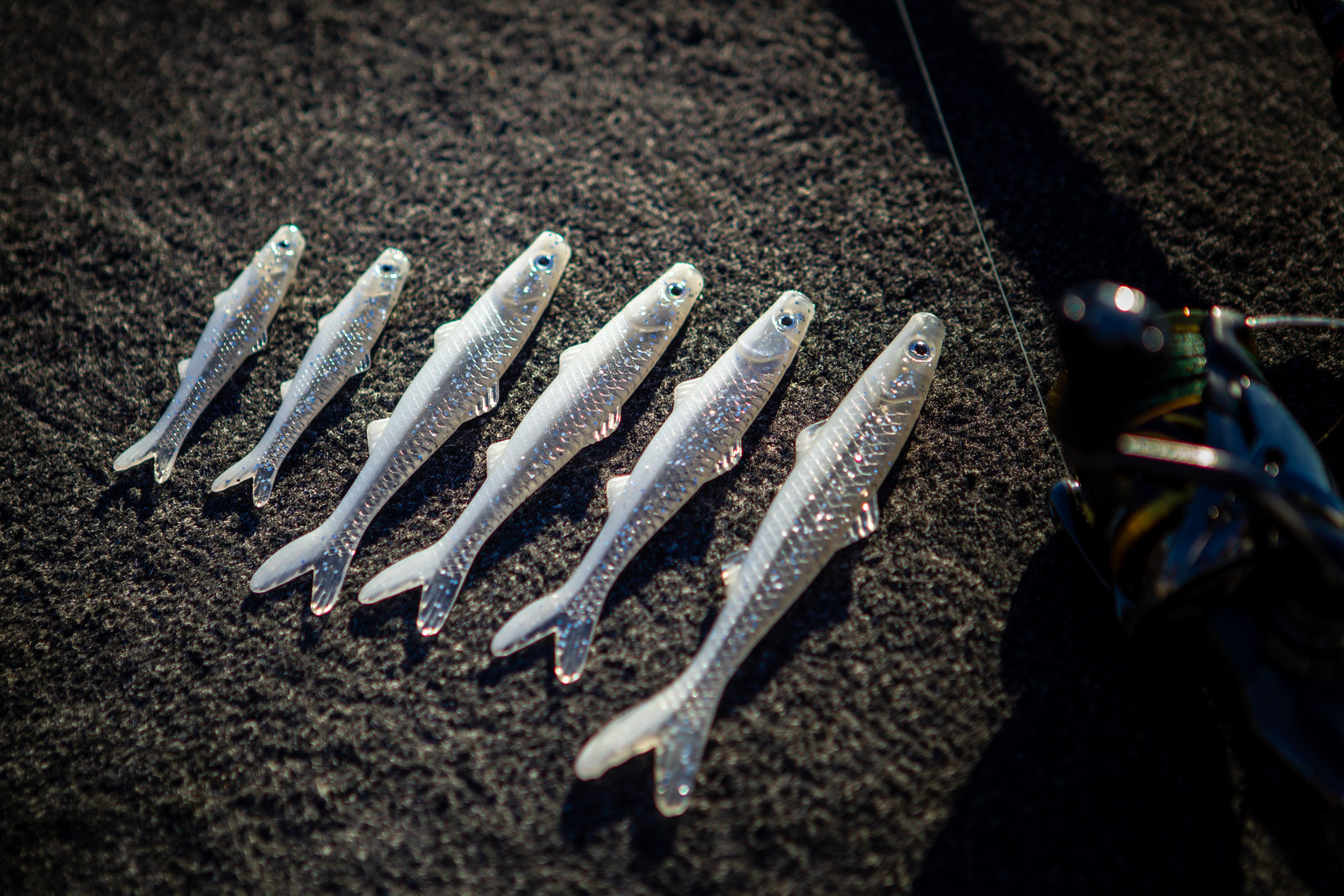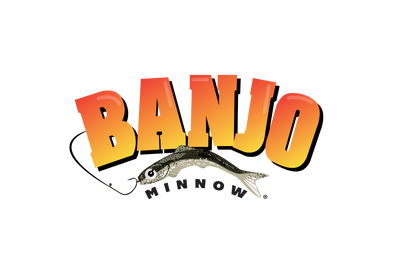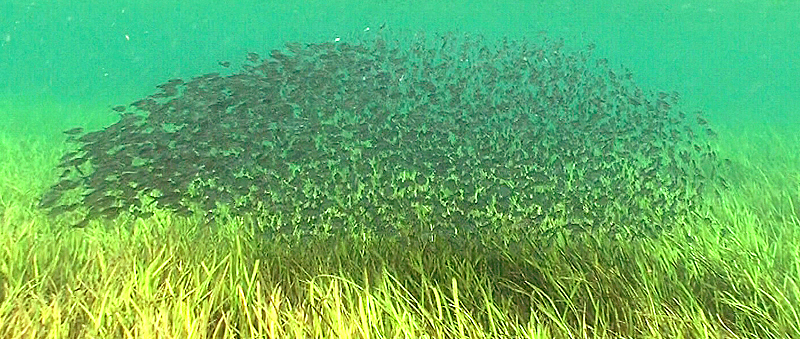Soft Plastic Lure Color Guide Pt. 3

Previously in our soft plastic lure color guide we discussed the importance of colors that mimicked white and silver baitfish and how they do so well in clearer water. For the last part of our guide we’ll be going over colors designed to catch fish in stained or dirty water. Colors that could really mimic multiple forage species like shad, panfish, and crawfish. These being gold/yellow, chartreuse, black, and blue. When fishing in water with low visibility these colors will come in clutch for you.
It’s harder for fish to see in stained or muddy water so you want your lure color to stand out with color, or contrast. Contrasting colors are dark and create a profile or silhouette in the water. These are colors like solid black, black and blue, or junebug. Darker colors work best in low light situations, especially if it’s raining, about to rain, or if it’s already rained. During and after rain, the water becomes less visible, giving you even more of a reason to fish with contrasting colors. Blue and junebug do a great job of mimicking crawfish and panfish in this situation. Black and blue paired together in the same soft plastic is infamous for catching quality and quantity in murky water. This color is many angler’s go-to in these circumstances, with junebug being almost just as popular and effective. These two colors are awesome in stained water too, but not too clear. They’re also great for fishing in deeper water where there’s less light. Bigger junebug colored soft plastics are known amongst avid anglers to work well with Carolina rigs, where they’re sometimes fished in fifteen feet of water or more.
On the other end of the spectrum we have vibrant colors that really pop and stand out. These colors would be chartreuse, gold, yellow, bright orange and even pink. The most popular of these would probably be chartreuse and gold. Chartreuse is great for mimicking shad or white bait fish in muddy water. It’s the brightest color on the market and catches the eye of the fish. Chartreuse is often used as a reaction color, triggering bites from fish that aren’t necessarily hungry, or fish that are sitting on their beds during the spawn. Gold is similar to silver, both doing well when the sun is out, except gold trumps silver any day in muddy water. Many anglers choose to use gold blades on their spinner baits instead of silver in muddy water because it stands out more and reflects light better in dirtier water. This same idea applies to soft plastics with the color gold. Pink and a bright yellow and orange are also valid selections in low-vis situations, being similar to chartreuse. These are considered by some to be “old school” and have caught countless fish over the years, especially when using a floating worm or a fluke style soft plastic.
Currently the Banjo Minnow lure company offers chartreuse and Electric Yellow as color selections in their kits and sold separately. Not to pat my own back or anything but I caught my personal best largemouth (12 lbs. 12 oz.) on a medium sized chartreuse Banjo Minnow, so I know they work and have a lot of confidence in the color when paired with a Banjo Minnow. The water in that lake was muddy too, and the main forage for bass in that lake were gizzard shad. I know I caught that fish because I was matching the hatch and using the right color at the right time.
It’s so important to have the knowledge of knowing when and where to use certain colors when you’re out fishing, and now you have it. Here’s to hoping you can go out there and catch your next personal best after following this guide. Thanks so much for taking the time to read all three parts of this soft plastic lure color guide. Hopefully you learned something new today. Until next time. Banjo on.




